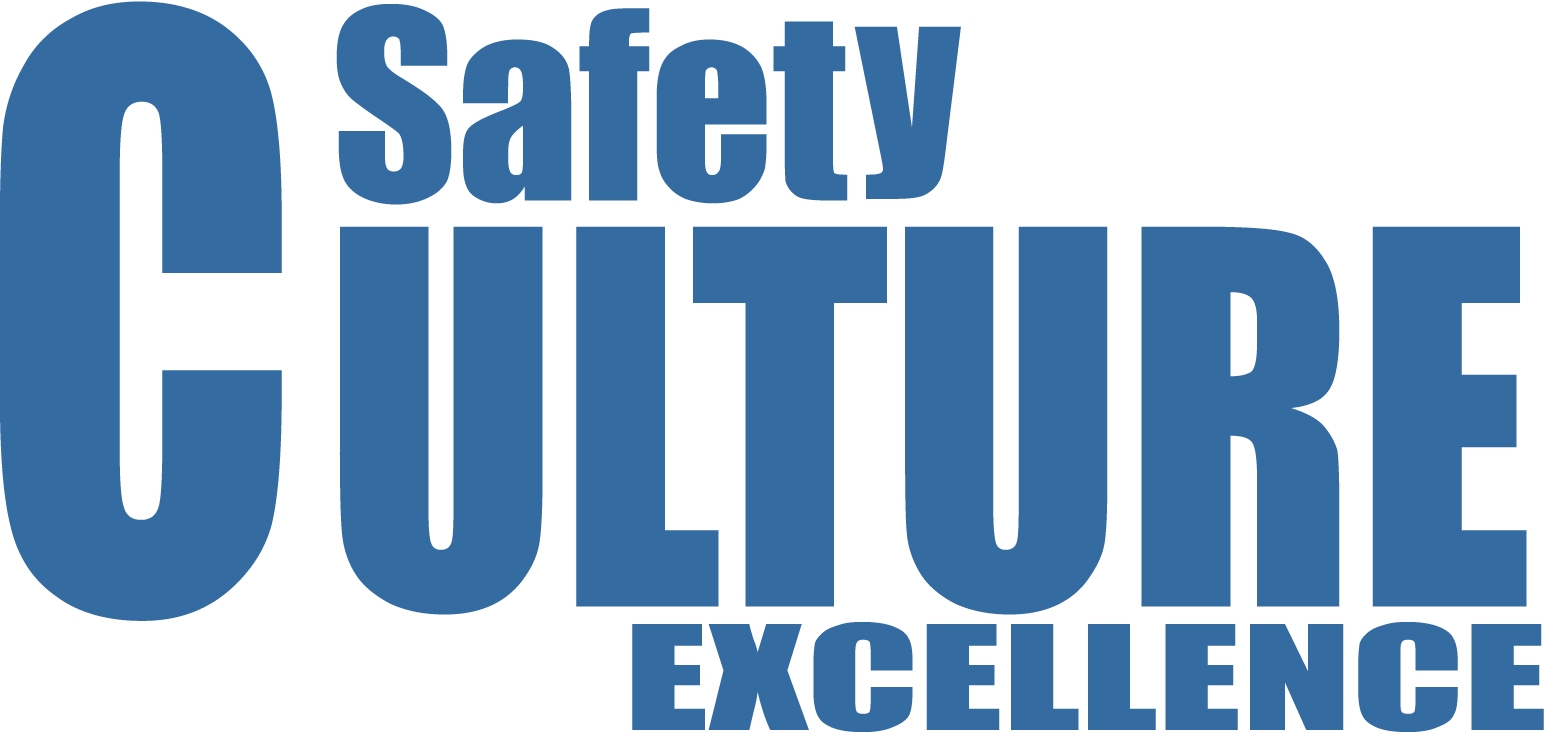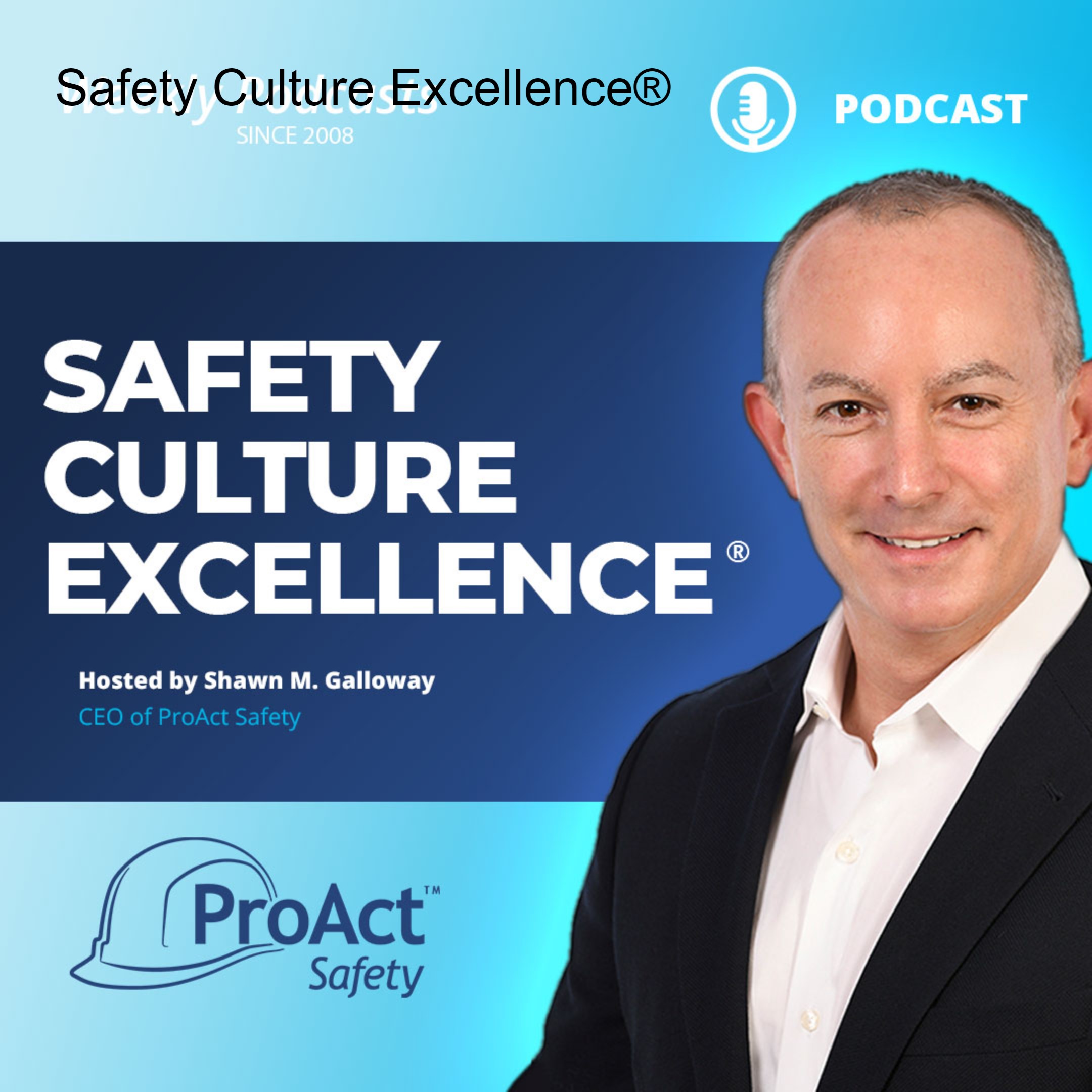Episodes

Wednesday Jan 29, 2014
Coaching Safety: Performance vs. Improvement
Wednesday Jan 29, 2014
Wednesday Jan 29, 2014
The most ineffective safety coaching I have ever seen had some great ideas and techniques, but it was based on a bad premise. That premise was that supervisors and leaders should coach the day-to-day performance of their workers in an evaluative manner. They used some powerful interaction models and evaluative techniques, but in the end, it just seemed like the boss’s opinion vs. the worker’s opinion of performance.
The best safety coaching is based on targeted improvements rather than evaluation. Targeting specific improvements (precautions to take or behaviors that contribute to culture) helps coaching in several ways:
- It creates talking points that are friendly and logical (what we agreed to work on) and not subjective (what the boss does or doesn’t like)
- It creates a clear dichotomy of performance (you either took the targeted precaution or you did not) vs. the boss thinks you did well or poorly
- When targeted precautions are not taken, it fosters a discussion of why and why not rather than a judgment of performance
- It creates a communication atmosphere of adult talking to adult vs. adult overseeing child
- It creates the expectation that safety is about getting better not just staying the same
Safety coaching can be an effective tool for supervisors and leaders when done in this way. When organizations learn how to improve safety, it is an easy and logical step to apply targeted-improvement coaching to other performance issues as well.
-Terry L. Mathis
Terry L. Mathis is the founder and CEO of ProAct Safety, an international safety and performance excellence firm. He is known for his dynamic presentations in the fields of behavioral and cultural safety, leadership, and operational performance, and is a regular speaker at ASSE, NSC, and numerous company and industry conferences. EHS Today listed Terry as a Safety Guru in ‘The 50 People Who Most Influenced EHS in 2010, 2011 and 2012-2013. He has been a frequent contributor to industry magazines for over 15 years and is the coauthor of STEPS to Safety Culture Excellence, 2013, WILEY.

Version: 20240320

